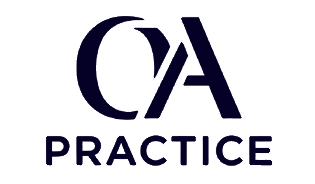D583 Foundations in Public Health - Set 5 - Part 1
Test your knowledge of technical writing concepts with these practice questions. Each question includes detailed explanations to help you understand the correct answers.
Question 1: A health department responds to conflicting community demands during a disease outbreak. Some residents want strict quarantine while others oppose any restrictions. Which ethical principle should guide the response?
Question 2: Your team discovers that behavioral interventions fail despite high community knowledge about health risks. Using reciprocal determinism, which missing component likely explains this gap?
Question 3: The United States Public Health Service was officially formed between two historical periods. Which transformation did this establishment represent for American public health?
Question 4: A communication package addresses childhood vaccination hesitancy among parents. Which combination of materials would most comprehensively address different parental concerns?
Question 5: Public health surveillance distinguishes between different data collection approaches. Which characteristic fundamentally differentiates active from passive surveillance methods?
Question 6: A community health worker applies cues to action for cancer screening promotion. Which external trigger would most effectively prompt screening behavior?
Question 7: The ecological model addresses teen pregnancy prevention. At which level would peer education programs primarily operate?
Question 8: Venice created the first quarantine station for ships. Which modern practice most directly applies this historical innovation?
Question 9: A health educator implements self-efficacy building for exercise adoption. Which intervention component would most directly increase confidence in ability?
Question 10: The determinants of health include medical care access. Which aspect of medical care most directly influences population health outcomes?
Question 11: John Graunt developed Bills of Mortality during the Enlightenment. Which modern public health practice most directly evolved from this innovation?
Question 12: A disease shows sporadic occurrence patterns. Which characteristic would epidemiologists observe in the affected population?
Question 13: Public health applies market justice principles. Under this framework, how would preventive services likely be distributed?
Question 14: The health belief model addresses preventive behaviors. For individuals with low perceived benefits, which intervention would most effectively increase prevention adoption?
Question 15: A centralized health system implements new policies. Which operational advantage does this structure provide for policy effectiveness?
Question 16: The stages of change model guides addiction recovery. For someone who relapsed after months of sobriety, which stage do they enter?
Question 17: Public health policy development involves multiple stakeholders. Which group's participation most critically ensures community acceptance of new policies?
Question 18: The assurance function evaluates health service effectiveness. Which specific measurement would best assess program impact?
Question 19: Climate change affects disease vector distribution. Which public health response would most effectively address expanding vector ranges?
Question 20: A pathogen demonstrates low pathogenicity. Which clinical pattern would healthcare providers most likely observe?
Need Guaranteed Results?
Our exam support service guarantees you'll pass your OA on the first attempt. Pay only after you pass!
Get Exam Support